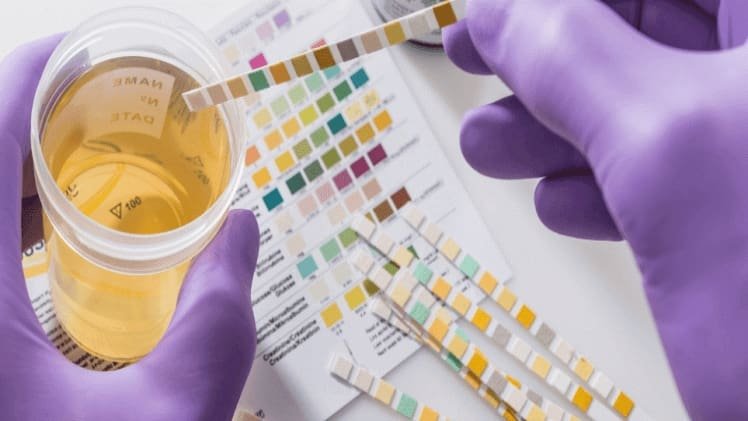Drug Screening: A Critical Step in Pharmaceutical Development and Healthcare

Drug screening is a critical and complex pharmaceutical research and healthcare delivery procedure. It evaluates prospective drug candidates methodically to establish their safety, effectiveness, and appropriateness for human use. This article will go into the field of drug screening, investigating its significance, methodology, and influence on the development and availability of life-saving treatments.
The Significance of Drug Screening
Drug screening is the first filter that innumerable chemical compounds use to become effective pharmacological agents. It aids researchers in identifying molecules with promising pharmacological efficacy against certain disorders.
When it comes to medication development, safety is of the utmost importance. Drug screening helps researchers analyze prospective drugs’ toxicity and potential side effects. This stage is critical to ensuring that only safe and well-tolerated medications advance further in the research pipeline.
Drug development is a resource-intensive procedure, and selecting inappropriate compounds early in the screening phase can save time and money. This efficiency guarantees that only the most promising candidates undergo further investigation and clinical testing.
Drug screening in personalized medicine can be adjusted to a patient’s genetic or molecular profile. This allows healthcare practitioners to choose pharmaceuticals most likely beneficial for a certain patient, improving treatment results while reducing adverse effects.
Methodologies in Drug Screening
Drug screening employs various methodologies to evaluate the potential of candidate compounds. Some of the common approaches include:
High-Throughput Screening (HTS): This automated method rapidly tests thousands of compounds against specific biological targets. HTS is instrumental in the early stages of drug discovery, allowing researchers to assess a wide range of compounds quickly.
In Silico Screening: Computational techniques simulate the interaction between compounds and target molecules. This cost-effective approach can predict potential drug candidates based on molecular modelling and virtual screening.
Cell-Based Assays: These assays involve using living cells as a testing platform to assess a compound’s impact on cellular processes. They are particularly valuable for studying complex diseases that affect multiple biological pathways.
Animal Models: In vivo screening involves testing potential drugs in animal models to evaluate their safety and efficacy. Animal studies provide valuable insights into a compound’s physiological effects and possible toxicity.
Clinical Trials: While not strictly a screening process, clinical trials can be viewed as the final phase of drug screening before a drug receives regulatory approval. They involve testing the drug’s safety and efficacy in human subjects.

Challenges in Drug Screening
Despite its importance, drug screening confronts several challenges.
High-throughput screening creates massive volumes of data, necessitating advanced data processing approaches to identify interesting candidates reliably. Because many illnesses are multiple and complicated, it is difficult to develop a single treatment that successfully addresses all key pathways. Animal testing in drug screening creates ethical considerations, emphasizing the importance of creating alternative approaches that do not include animal subjects. Drug development is costly, and failures in drug screening can result in substantial losses for pharmaceutical companies.
Conclusion
Drug screening is a cornerstone of pharmaceutical development and healthcare. It serves as a crucial filter, separating promising drug candidates from the vast pool of potential compounds. Through various methodologies and continuous advancements in technology, drug screening contributes to the discovery and development of medications that improve the quality of life and save countless lives worldwide. As science and technology evolve, drug screening will remain a critical tool in pursuing better healthcare and novel therapies for a wide range of medical conditions.